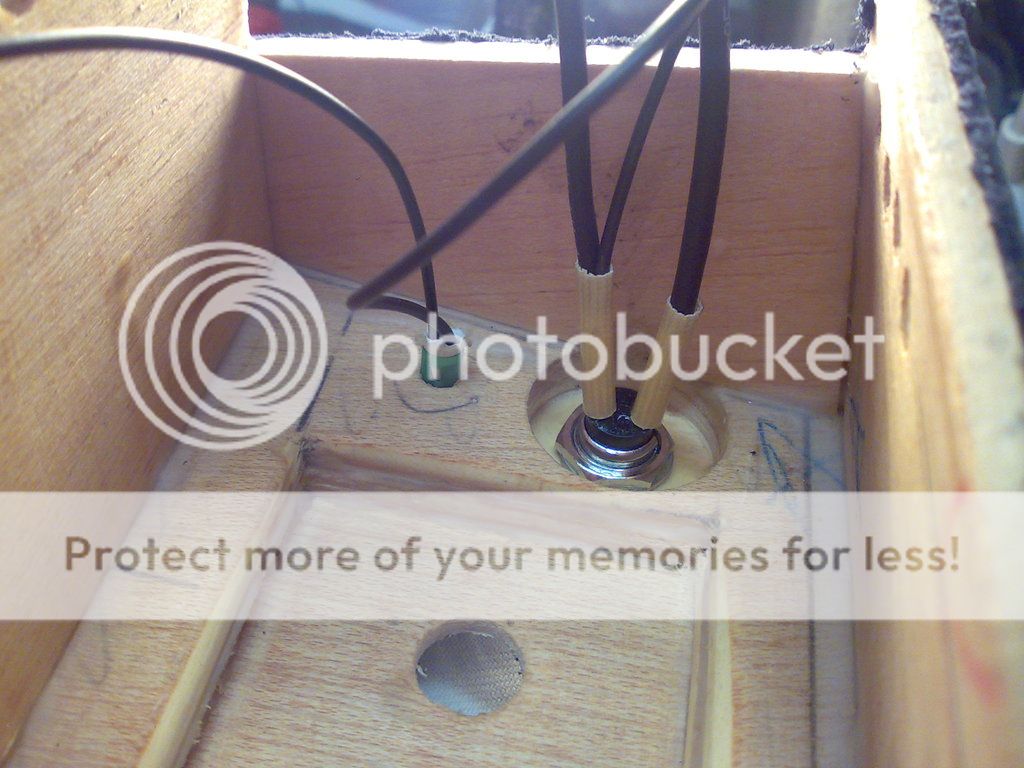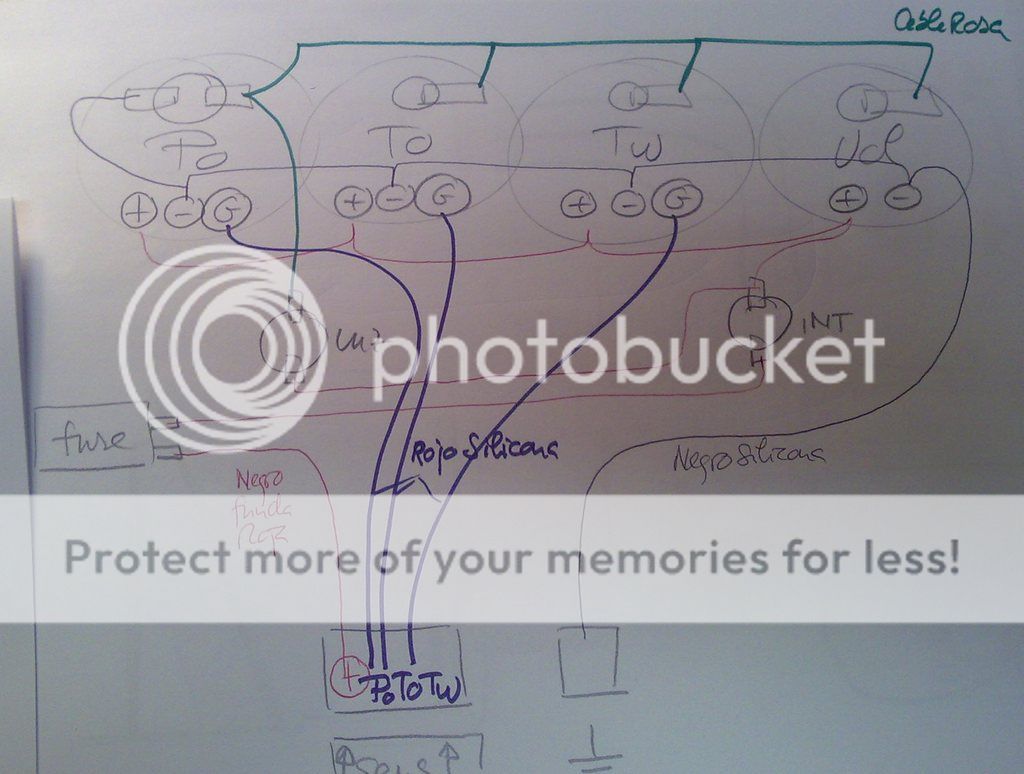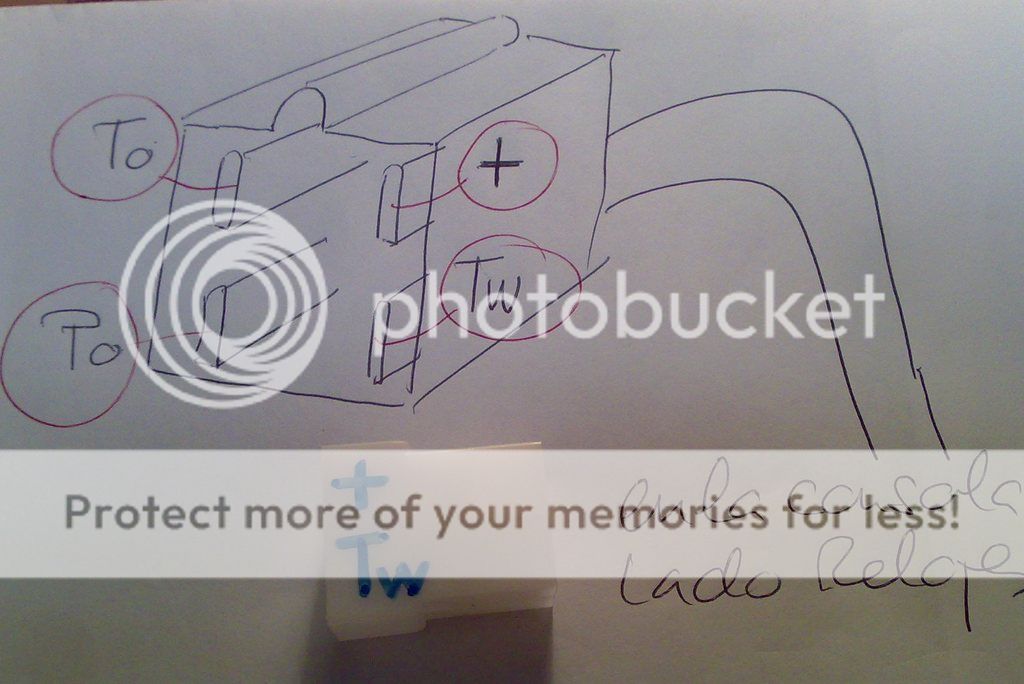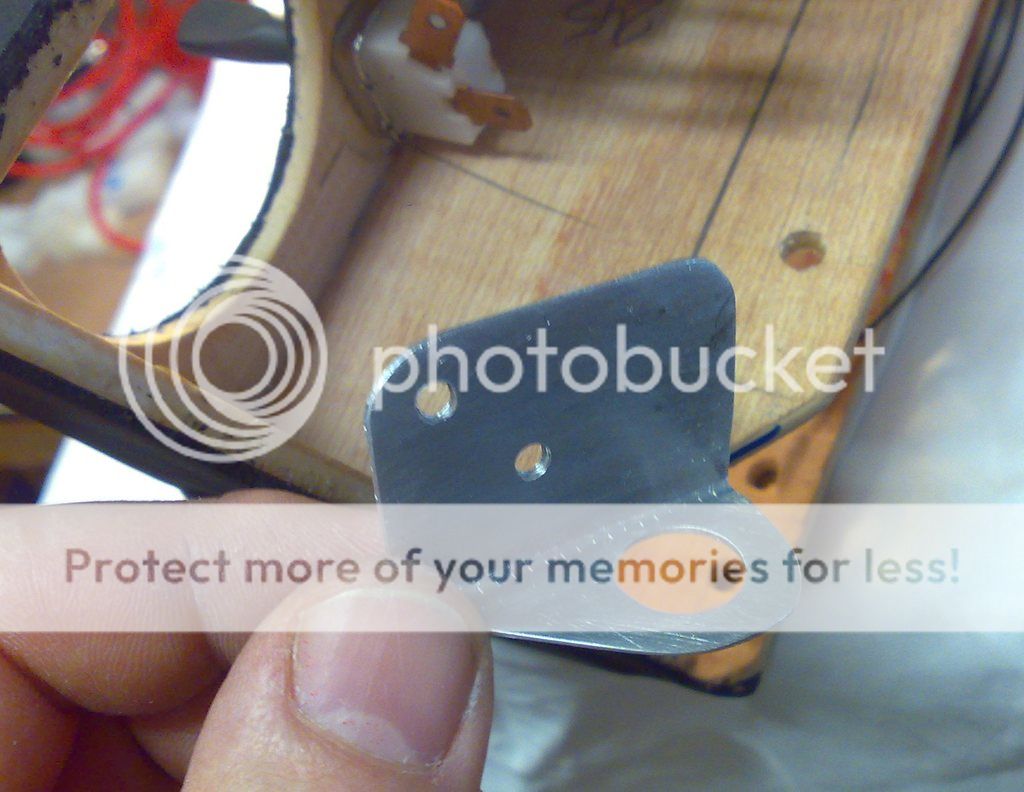Question on process - relates more to the console, but applies here also: do you glue all the leather at once, or in stages? Not sure about all the clamping and whatnot if done all at once.
ha, ha, ha, i will set up a "get on-line advice"
just kidding, you are more than welcome
you should do in stages, impact glue needs some minutes to evaporate the solvent, solvent will come off the leather faster than from the wood, take it into account
impact glue does not need clamps or other means, you join the two parts and it is done, if they do not stay together there was still solvent remaining, bad !
so first mark the back of the leather using the wood as a template
start glueing the fascia, first the wood, then the leather, apply a thin coat using a good brush, do not apply two coats, and do not correct passing the brush again, do not exceed the lines marked stay on the lines
lay the leather flat in a table and when solvent evaporates (usually 3 minutes) pick up the wood and start with one corner, then evenly and gently pass your hand over the leather and press it towards the wood, stop in the slopes or plane changes and mark the lines using your nails or a nylon spatule, do not press hard
impact glue is fast so be careful to do it at first attempt, if you are worried about doing it well divide the full plane of the fascia into two areas
then stop and breathe
cut the leather in the places needed and now proceed with the laterals, glue only the areas that you are going to work with, you can discriminate the process and go area by area, respect the time needed for evaporate the solvent, this is crucial
be careful, impact glue may deteriorate the face of the leather, so be as tidy as possible
hope it helps















